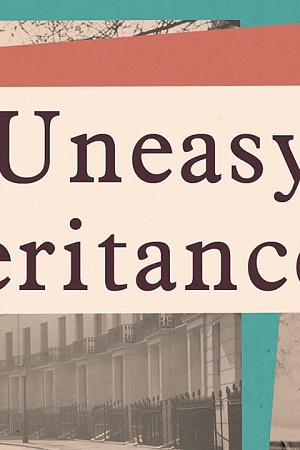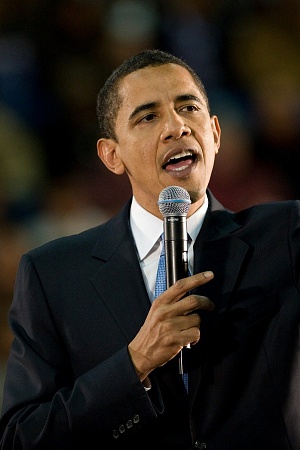The twilight of Narendra Modi
The monsoon has now settled the dust stirred up during an eventful and blisteringly hot early summer in India. From April to June, in seven stages of voting and in temperatures that in some parts reached the high forties Celsius, almost 650 million people cast their votes in the largest election ever organised. The polls and the pundits predicted another big victory for Narendra Modi and the Bharatiya Janata Party (BJP). Yet when the verdict came, it surprised most observers. The BJP, supported by its coalition partners, was returned to office with far fewer seats than expected, and with Modi’s political authority much diminished.
At the start of the election campaign, Modi had set his aim high, with a characteristically catchy slogan: ‘Abki Baar, 400 Paar’. Translating into ‘this time surpassing 400’, it focused attention on Modi’s ambition to win more than 400 parliamentry seats. In the end, it fell well short. The BJP won just 240 seats out of the 543 in the lower house of India’s Parliament (the Lok Sabha), down from 303 in the previous election in 2019. Together with seats won by no fewer than fourteen allies, this secured the NDA a total of 293 seats in Parliament and a slim majority.
If Modi himself was unsettled by this outcome, he gave little sign in the days that followed. His victory speeches were upbeat, and he promised to fulfil his election promises in their entirety. He moved swiftly to appoint a Cabinet, retaining many long-serving ministers in their pre-election roles, and reappointed key officials, like the National Security Adviser, Ajit Doval. Everything that could be done to create an impression of confidence and control was done, quickly and efficiently.
It did not take long, however, for cracks to appear in this façade. Some were produced by fresh tensions and others by older ones within the government and the wider Hindu nationalist movement, from which Modi and the BJP derive support. Soon after the election results were published, the NDA’s newly empowered coalition partners – the Telugu Desam Party from Andhra Pradesh and the Bihar-based Janata Dal (United) – began to agitate for bigger slices of the national budget for their states. Within the BJP, disputes broke out about who should take the blame for the party’s relatively poor performance in North India, in states where it is traditionally strong. National leaders in New Delhi blamed local leaders – especially in populous and pivotal Uttar Pradesh – and vice versa.
Continue reading for only $10 per month. Subscribe and gain full access to Australian Book Review. Already a subscriber? Sign in. If you need assistance, feel free to contact us.














Leave a comment
If you are an ABR subscriber, you will need to sign in to post a comment.
If you have forgotten your sign in details, or if you receive an error message when trying to submit your comment, please email your comment (and the name of the article to which it relates) to ABR Comments. We will review your comment and, subject to approval, we will post it under your name.
Please note that all comments must be approved by ABR and comply with our Terms & Conditions.